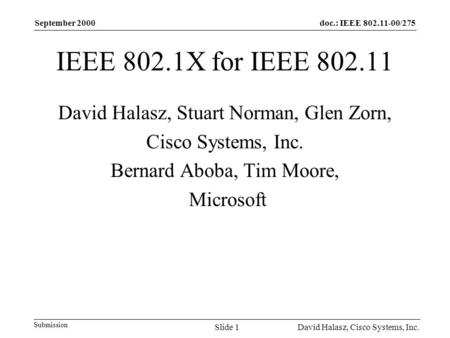
The ‘Broadcast Domain’ stretches over the entire Backbone.


When you have an annexe VLAN the backbone can be thought of as a series of Layer 2 switches for that VLAN. Yes, this is the same impact you would have if two hosts had the same MAC on your network – there is a reason they need to be unique! What does all this mean? Here is what happened to Host B: Host B#ping 192.168.30.254

Here is the switch mac address table after the clone: 3750-1#show mac address-table dynamic vlan 30 The results? Host B lost connectivity for a few seconds. Next I manually set host A to have the same MAC address as host B (0c2). Host A had an IP of 192.168.30.1 and was on port 1. Total Mac Addresses for this criterion: 3 The hosts could ping each other and the MAC address-table was as follows:ģ750-1#show mac address-table dynamic vlan 30 I configured a switch with three hosts directly connected on VLAN 30. This isn’t an easy thing to replicate so please forgive the artificial nature of the lab. What happens when B tries to send A a frame now? The switch won’t flood the frame as it knows a destination and it won’t send the frame back down the link – it gets dropped. Host in vlan A is flapping betweenĪnd the MAC address-table would become: Port Host If the switch were to then receive a frame on port 0/2 with a source MAC address of aaaa, there would be clash and the switch would log something like this: 1664321: Nov 14 11:18:16 UTC: %MAC_MOVE-SP-4-NOTIF: When B replies the MAC address table becomes: Port HostĪnd the switch forwards the frame to port 0/1 – there is no need to flood now since the location of A is known. The switch populates it MAC address-table something like: Port HostĪnd floods the frame out of all other ports. Assume A is on port 0/1 and B is on port 0/2. Say a device ‘A’ with MAC (hereafter aaaa) sends a frame to device ‘B’ with MAC address bbbb.

Switches learn where hosts are by examining the source MAC address in frames received on a port, and populating its MAC address-table with an entry for that MAC address and port. If this makes no sense, perhaps a quick summary of how switching at layer 2 works will help. A MAC Flap is caused when a switch receives packets from two different interfaces with the same source MAC address.


 0 kommentar(er)
0 kommentar(er)
